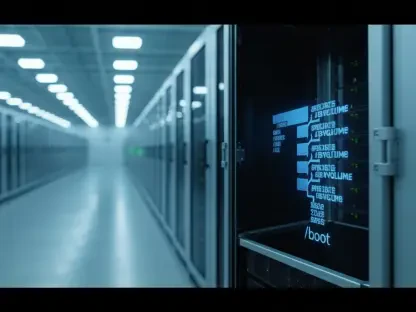In today’s technology-driven world, software teams often face the daunting task of maintaining quality while racing against time. Amid rapid development cycles, the question arises: how can teams ensure software robustness and reliability? Does the answer lie in adhering to Test-Driven Development (TDD), or do traditional testing methodologies hold a better place in such environments?
The Need for Speed in Testing
With the tech industry moving at breakneck speed, there is a constant push to deliver features quickly without sacrificing quality. This relentless pace creates a pivotal challenge: deciding which testing methodology offers the ideal blend of swiftness and thoroughness. Understanding this is crucial for developers and stakeholders striving to maintain a competitive edge while ensuring the software delivers on its promises.
Weighing the Pros and Cons of Testing Methods
Navigating TDD Under Pressure: In fast-paced scenarios, TDD follows a structured cycle of Red-Green-Refactor, where code is developed in response to tests. This approach can empower teams with a clear blueprint for development, but it also demands time and precision, potentially slowing immediate deliveries. Its effectiveness hinges on how well teams can adapt the process to their tempo while preserving its inherent benefits.
Traditional Testing’s Role in Rapid Development: Traditional methods, although potentially slower in initiating, often provide a sense of stability and comprehensive coverage necessary for unforeseen changes. In volatile environments, these methodologies can serve as a reliable safety net, ensuring that rapid iterations do not compromise the software’s integrity.
Expert Insights: Real-World Reflections
Industry experts have shared diverse opinions on this topic. Many seasoned software engineers and test specialists emphasize the balance between speed and thoroughness. Test specialist Laura Patel notes, “TDD can be invaluable for ensuring code quality early on, but its rigidity can be a drawback when deadlines are tight.” Conversely, seasoned developer Mark Tran shares, “Traditional testing is like a comforting routine in chaotic times; it might take longer, but it covers all bases.” Real-world instances underscore these points, with teams swinging between methodologies based on project requirements and pressures.
Combining Strengths with a Hybrid Framework
Tailoring a Hybrid Testing Strategy: For those weighing the best of both worlds, a hybrid approach presents a tactical advantage. By integrating TDD’s structured early testing with the exhaustive nature of traditional methods, development teams can adapt their approach to ensure both agility and comprehensive test outcomes. This allows flexibility in addressing varying project stages and dynamic conditions without sacrificing quality.
Strategic Adaptation Steps: Successfully blending these methodologies requires a strategic adaptation. Teams could begin by assessing their specific project demands, gauging the suitable balance for TDD and traditional testing. Setting clear roles and responsibilities, investing in training and tooling, and nurturing a culture of open communication can significantly bolster this transition.
Moving Forward with Informed Decisions
While the debate between TDD and traditional testing continues, the path forward emphasizes balance and adaptability. Teams need to assess their specific contexts and constraints to choose testing methods that align with both immediate and long-term goals. As the landscape of software development continues to evolve, those who harness a blend of methodologies while fostering a culture of flexibility and learning are poised to thrive. Whether leaning toward TDD, traditional approaches, or a mix of both, the key lies in discerning when and how each methodology best serves the project’s unique needs.









